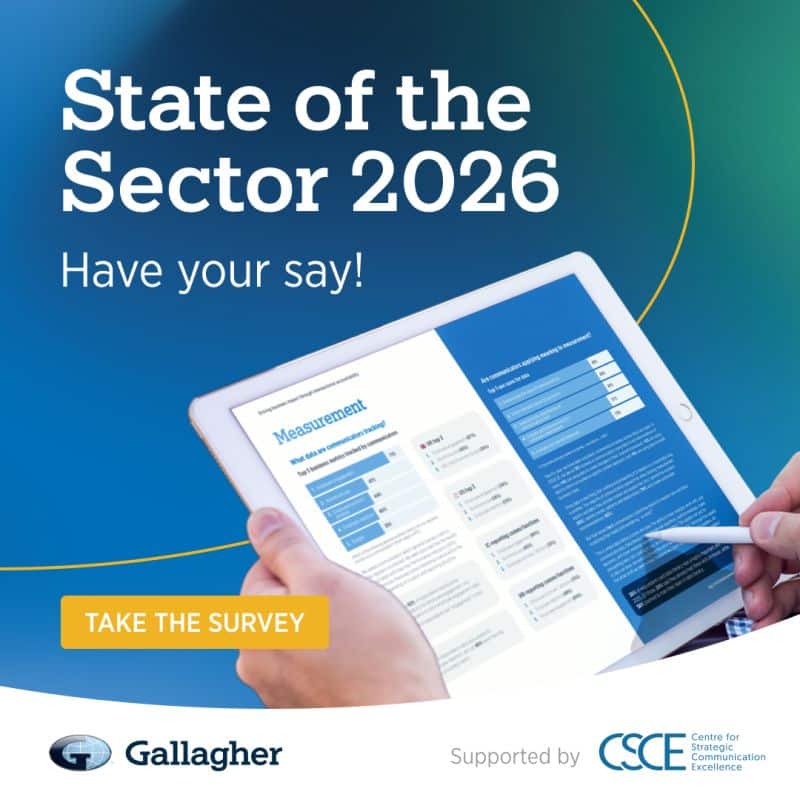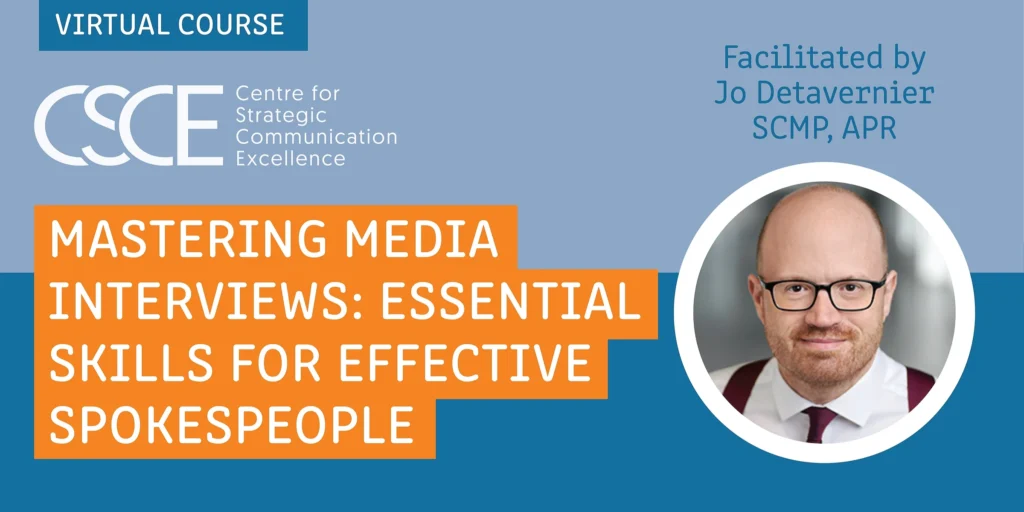“Hold on, here we go! Next stop, knowledge!” we hear exclaimed as Mr. Ray, the teacher, provides a foreshadowing of the great adventure Nemo will take in the Finding Nemo Pixar movie. A movie acclaimed for its vivid scenery and animation as much as it is for its evocative storytelling of the risks and ambiguity as people grow in their lives and the roles they presume. We see in the recent release of the Communicating AI Global Report that we as communication professionals are a lot like Nemo as we embark on a steep learning curve in understanding artificial intelligence — both in what it can do for us and our organizations and what it shouldn’t.
Where to Find AI
As our adventure launches, our first and easiest step is to look around us, close to home, to what is right in front of us. Have you used Alexa today? Or another personal assistant? Or, how about a robot vacuum? It’s fairly easy to “see” AI in the tools and devices we use in our daily lives. But do we see AI in our workplace? In the development of products and services? In the privacy policies connected to our stakeholder relationships? In the decision-making surrounding innovation? This is where AI dialogue should be bubbling up as we see AI become institutionalized into business operations.
How Do We Fit In?
Just as any other emerging business activity, institutionalizing AI requires companies to design policies, organizational infrastructure, systems and, education and training to ensure use of AI is in alignment with the organization’s vision, mission and strategy. This is particularly important with AI since it impacts all organizations as well employees’ personal lives. Communication professionals are particularly adept at facilitating dialogue around topics and issues, and they have the unique opportunity to be a part of guiding the AI dialogue and institutionalization.
For instance, in:
- Policy discussions – we can bring “voice” from the many stakeholder groups in the external and internal environment to the discussion, so AI policies can weigh the benefits and drawbacks of organizational actions around AI with a 360° view of its impact.
- Organizational infrastructure – communication professionals can build relationships and set expectations among separate organizational areas to foster an interconnected workforce with the organization’s mission and strategy as its focus.
- Systems – we can observe the changing work methods, procedures and routines, articulating their goal(s) and objectives in alignment with the organization’s overall AI vision and strategy.
- Education and training – communication professionals can develop and deliver the programming to keep the workforce updated and engaged in AI’s progress and successes.
And we can do all this now with our current competencies in strategic communication, while we, ourselves, begin the strategic adoption of AI and AI tools into our own workflows. Let’s “nemo-nize” this adventure by hanging on for the ride as we embark on each step along the AI learning curve with amazement, confidence and leadership.





